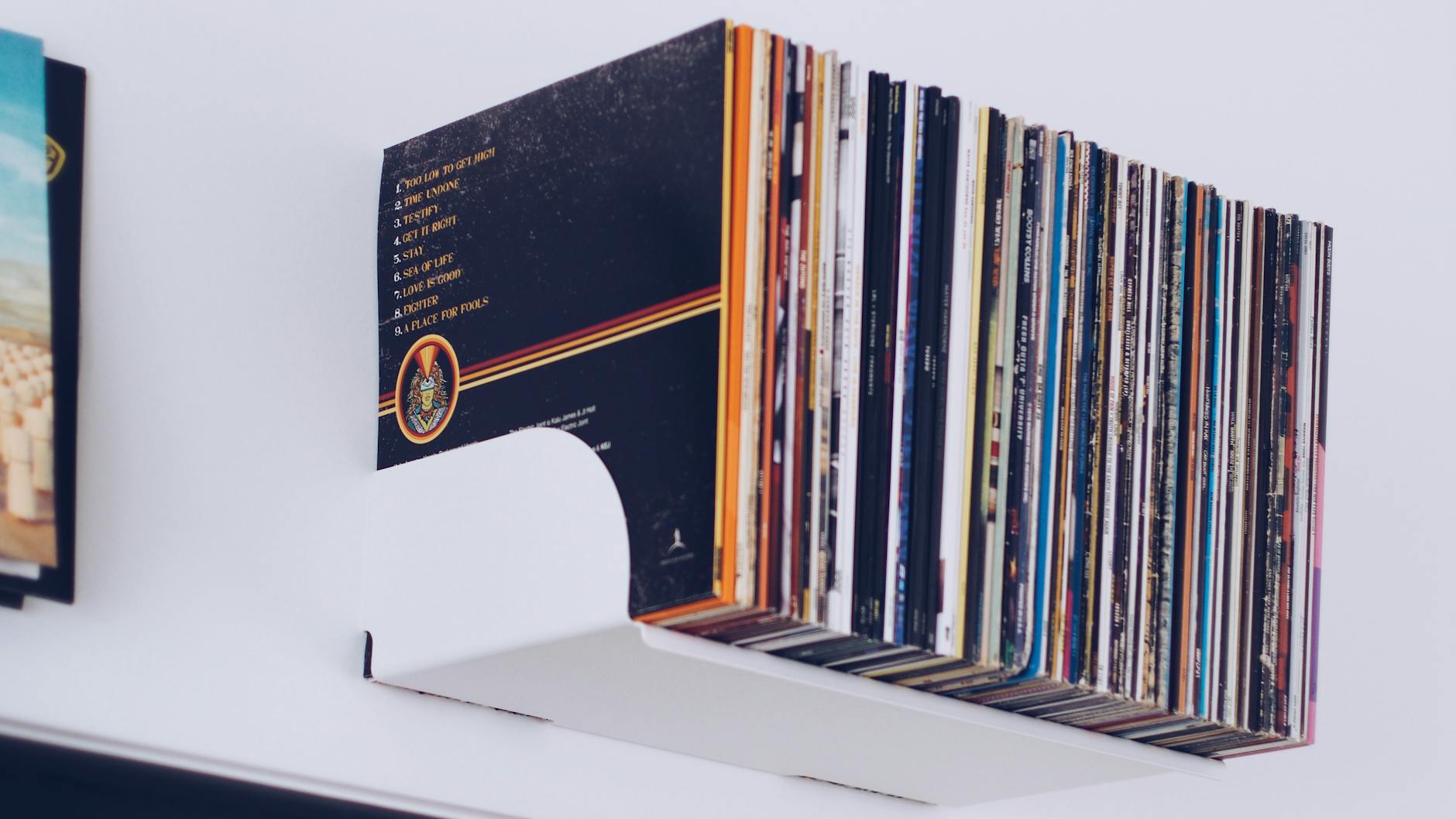How to Infuse New York's Culinary Arts into Creative Design in the United States

a testament to the city's rich cultural tapestry. Whether you're experiencing the classics or tasting innovative twists, exploring these dishes is akin to engaging in virtual team building activities, where each experience fosters a deeper sense of connection and understanding.
Diverse Cooking Styles
New York’s culinary landscape thrives because of its diverse cooking styles, reflecting the city's blend of cultures. From the rich, aromatic curries of Little India to the seared perfection of a Chinatown dim sum, every neighborhood acts as a culinary stage where varied techniques and traditions come to life. These styles inspire the projects I work on, much like the tech meetups at Industry City spark new collaborations. This melting pot approach can even translate into bachelorette party ideas, transforming gatherings through shared gastronomic adventures that cultivate curiosity and camaraderie.
Unique Ingredients to Try
Just as unique ingredients can elevate a dish, their presence in New York’s markets invokes a spirit of experimentation and innovation. Imagine strolling through Union Square Greenmarket, where fresh, local produce meets exotic spices and rare finds. This variety mirrors the design process, inviting us to blend distinct elements into cohesive, groundbreaking concepts. Local ingredients can become the muse for creating sensory-rich experiences that speak to both the culinary enthusiast and the seasoned designer, similar to the energizing environments found in creative hubs like Brooklyn Navy Yard.
Integrating Culinary Arts into Design
Looking at how culinary arts can intersect with design, imagine crafting your aesthetic vision as meticulously as a chef in a buzzing San Francisco kitchen transforms raw ingredients. Translating the complexity of virtual paint classes into the vibrant world of flavor is not far off from what we explore in design studios in Dumbo. The challenge is to bridge these two diverse fields into a holistic user experience.
Translating Flavors into Colors
Visualize the rich creaminess of a well-prepared dish transforming into the soft pastels in a color palette. Taking inspiration from culinary arts, the hue of a ripe tomato or the golden brown of a perfectly baked bread can inspire warm, enticing color schemes for your next project. Just like paint and sip Chicago sessions where attendees are encouraged to unleash their creativity with a brush in one hand and a drink in the other, translating flavors into colors invites unrestrained exploration.
Textural Inspirations from Food
Textures in food—whether crunchy, silky, or grainy—offer substantial material for designers to ponder. Think about how the smoothness of gourmet chocolate could influence the design of a piece of furniture or the grainy texture of coarse salt might inspire a new textile. These sensory cues can enhance your understanding of materials in ways akin to how tech meetups at Industry City teach us about integrating new technology into our workflows.
Aromatic Elements in Design
Finally, aromatics shouldn't be left out. Scent can evoke emotions and memories, influencing how a design is perceived. Incorporating aromatic elements into your projects, much like a chef devises a signature dish, aligns with user-centered design principles, making your work feel cohesive and immersive. Embodying the essence of creative hubs like Brooklyn Navy Yard, your designs will reflect a nuanced blend of culinary and visual art.
Enhancing Team Creativity
Culinary Team-Building Activities
When you're trying to inspire your team creatively, blending food with fun can work wonders. A unique and memorable way for design teams to connect and collaborate is through baking classes nyc. Imagine the smell of fresh dough and pastries teaching valuable lessons in patience and attention to detail. Such experiences go beyond mere entertainment; they foster collaboration as teammates learn from each other while laughing over flour-covered hands.
Workshops Merging Cuisine and Design
Combining the sensibilities of cuisine with design introduces an innovative approach to team workshops. Consider creating an event at a local creative hub like the Brooklyn Navy Yard where participants engage in hands-on activities that blend culinary arts with the fundamentals of user-centered design. Here, team members can explore how food presentation mirrors design principles such as balance, contrast, and harmony.
Hands-On Learning Experience
Getting your hands dirty—literally and metaphorically—can break the monotony of conventional team-building exercises. Team building activities nyc offer a range of hands-on learning experiences, where the art of cooking meets the art of design. These activities encourage professionals to step out of their day-to-day roles, allowing them to engage in tasks that inspire new ways of thinking. The tactile experience of mixing ingredients mimics the iterative design process, teaching valuable lessons in adaptability and innovation.
In the creative ecosystem of places like the design studios in Dumbo, incorporating culinary activities into team-building sessions enhances collaborative efforts. These experiences not only boost morale but also ignite a fresh spark of creativity.
Best Practices
Encouraging Cross-Disciplinary Collaboration
In the vibrant design studios of Dumbo, where artistry meets innovation, cross-disciplinary collaboration thrives. As a user experience specialist, I'm constantly inspired by the fusion of culinary arts and design. One compelling way to encourage such collaboration is through experience gift card initiatives for activities like cooking classes san francisco. These classes not only enhance individual skill-sets but also bring diverse talents together to foster creativity and inspire new ideas.
Balancing Tradition with Innovation
Maintaining a balance between honoring tradition and embracing innovation is crucial in the ever-evolving culinary and design landscapes. Whether you’re drawing inspiration from Brooklyn’s historic design ethos or the avant-garde tech gatherings at Industry City, it's essential to integrate traditional culinary techniques while welcoming contemporary twists. This can lead to groundbreaking design concepts that respect cultural heritage yet push boundaries.
Sustaining Culinary Inspiration
In creative hubs like Brooklyn Navy Yard, sustaining inspiration is key to keeping creativity flowing. Incorporating culinary explorations such as participating in a diverse array of cooking classes can be a springboard for fresh ideas. Not only do these experiences broaden one’s palette, but they also introduce new textures, flavors, and aromas that can be translated into innovative design concepts. For professionals in the design industry, leveraging such diverse inspirations keeps their visions both fresh and relevant.
Avoiding Pitfalls
Misinterpretation of Cultural Dishes
Let's talk about cultural sensitivity, folks. In a vibrant design scene like Brooklyn's, where diverse influences swirl around us like the aromas at Smorgasburg, it's crucial to approach cultural dishes with respect and understanding. Missteps can happen when we misinterpret the essence of a dish, possibly leading to design outputs that feel inauthentic or disjointed. In the design studios in Dumbo, the key is to immerse oneself in cultural narratives, ensuring that the origin stories of these dishes are honored in every pixel and palette choice. Engage with the communities that inspire your work. Attend tech meetups at Industry City and engage with cultural advocates to fuel informed creativity.
Over-complicating Simple Concepts
Brooklyn is the land of innovation, but sometimes, less is truly more. The design journey can get cluttered when we let complexity overshadow clarity. Whether you're sketching a logo inspired by traditional New York-style bagels or rendering a UI with the simplicity of a classic cheesecake, maintaining the core concept is vital. In creative hubs like Brooklyn Navy Yard, I've seen how simple, clean concepts resonate deeply with audiences. Strip back the unnecessary layers—let your designs breathe and allow the simplicity to tell its own story.
Ignoring Audience Preferences
Understanding your audience is everything in user-centered design. Just as a chef wouldn't serve pineapple pizza to a New York purist, a designer must resonate with their community's tastes and expectations. Attend local events, mingle with audiences in the vibrant Brooklyn scene, and use platforms like creative hubs like Brooklyn Navy Yard to gather feedback. Let user insights guide your process, ensuring your designs meet real-world needs and preferences.


